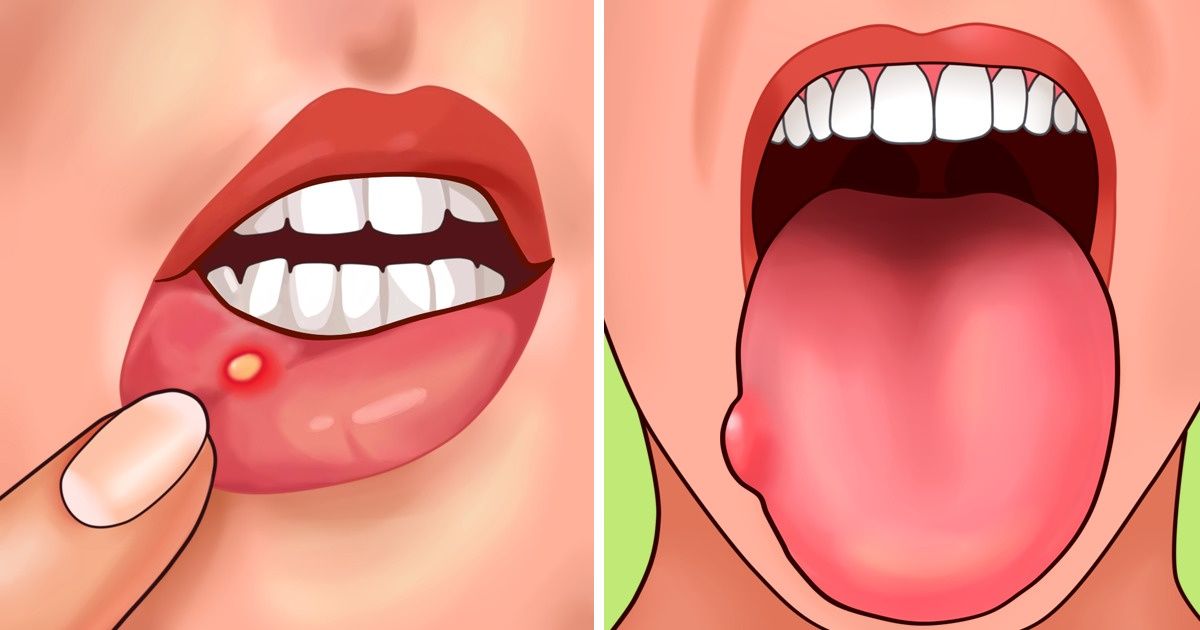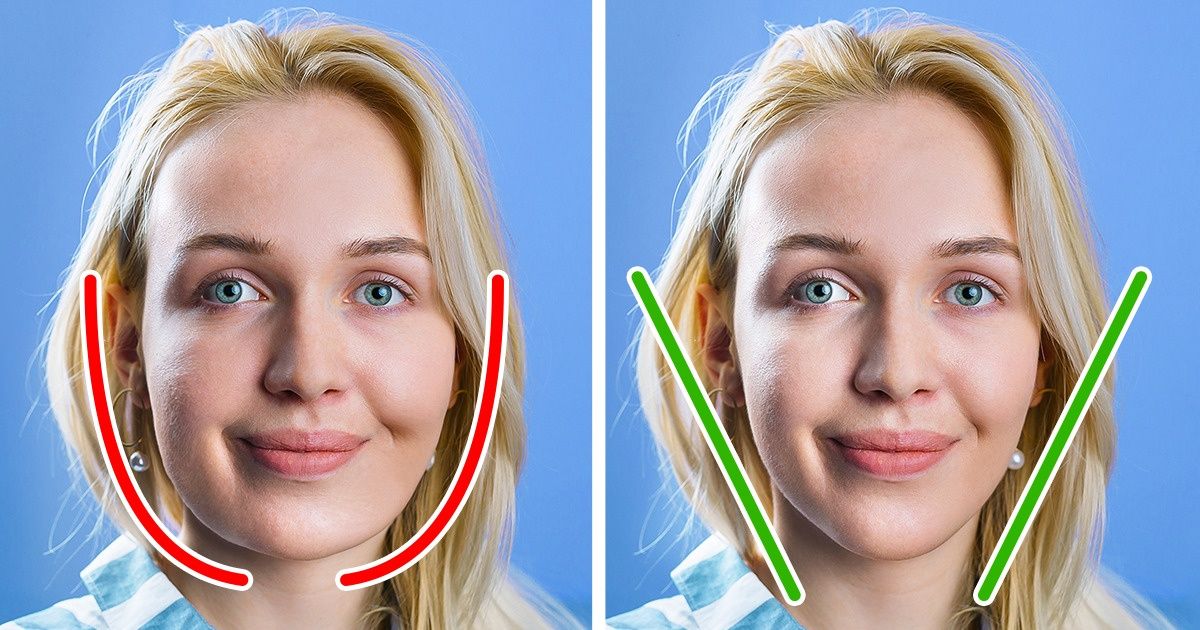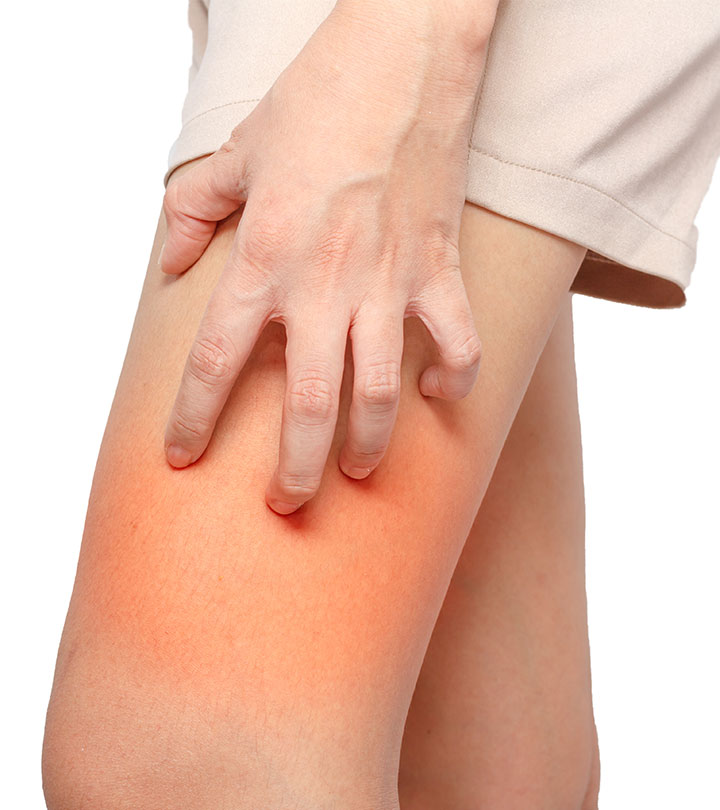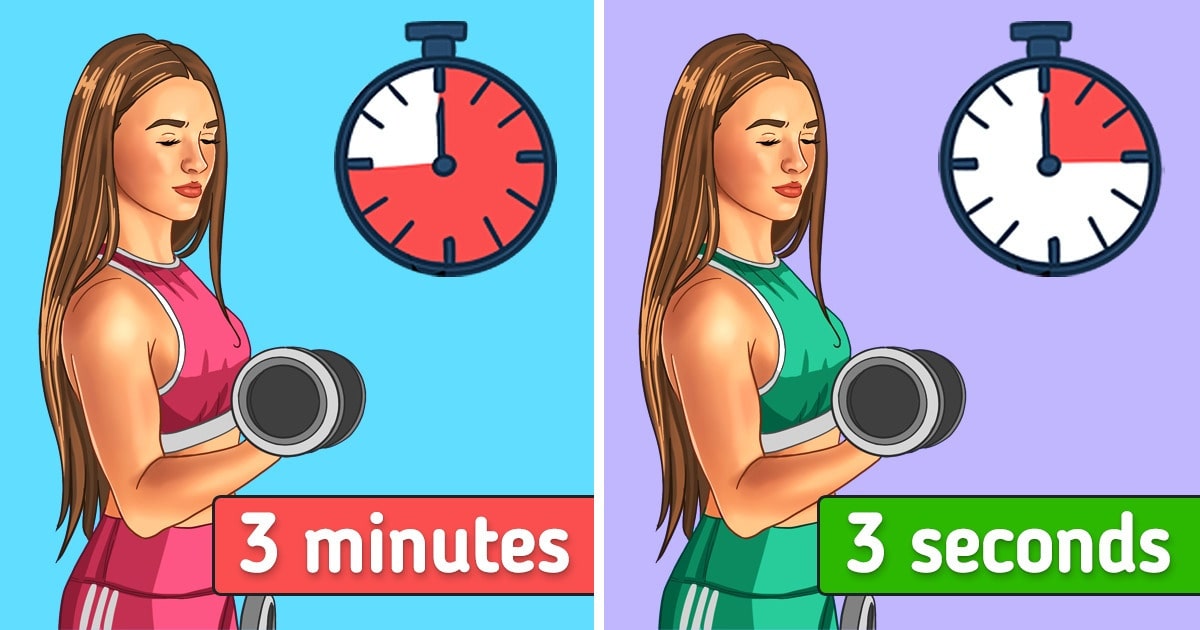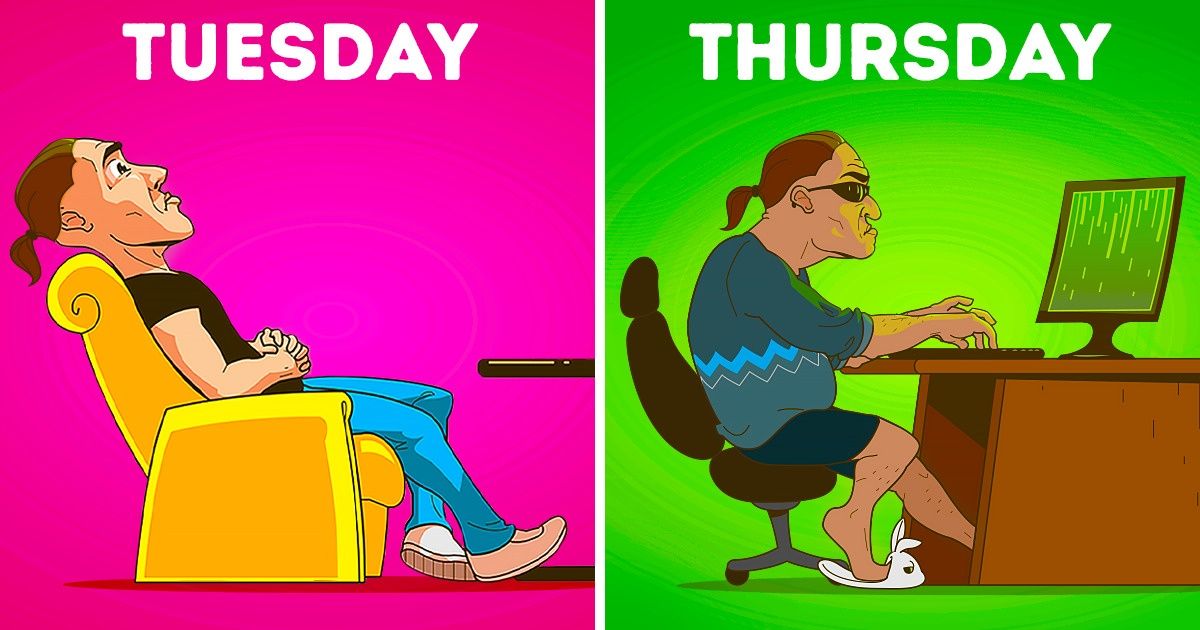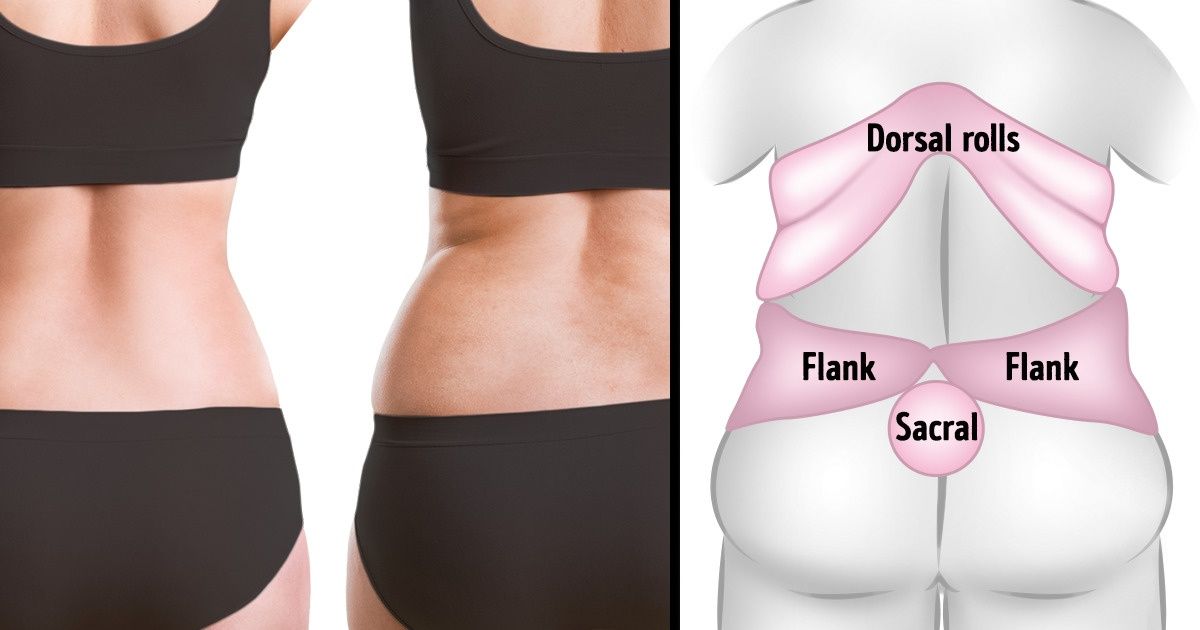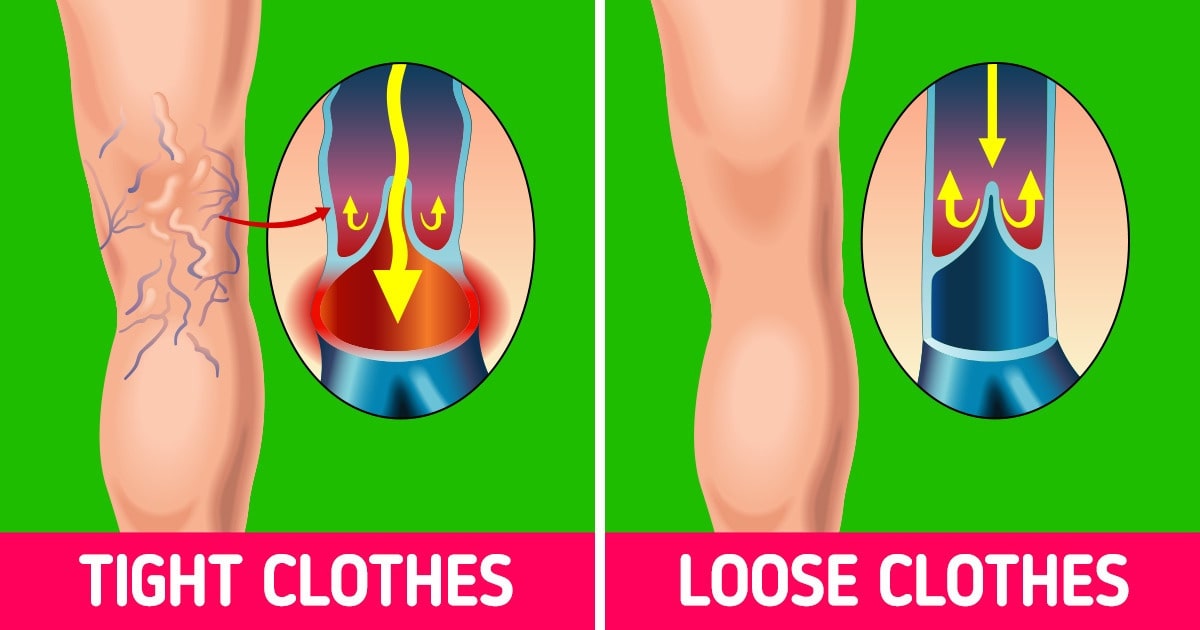Turning 40 often marks a pivotal moment in life—career peaks, family responsibilities, and the first real signs of aging. While this milestone brings wisdom and confidence, it also ushers in new health challenges. Metabolism slows, muscle mass declines, and the risk of chronic diseases rises. Yet, many damaging habits can be easily overlooked, sabotaging efforts to maintain vitality, manage weight, and prolong healthspan.
In this article, we uncover 6 unhealthiest habits that are damaging to those over 40, backed by research and expert recommendations. By identifying these pitfalls and replacing them with healthier alternatives, you can optimize your wellness, boost energy, and embrace the decades ahead with strength and resilience.
Worst Habits for People Over 40
Habit 1: Overindulging in Restaurant Dining – Hidden Calories & Processed Ingredients

Dining out can be a treat, but frequent restaurant meals often deliver excess sodium, hidden sugars, and processed fats that derail weight management and raise blood pressure. A single entrée at a casual eatery can contain up to 1,500 calories—more than two days’ worth of added sugar for some adults1.
- Portion distortion: Restaurants typically serve portions 2–3× larger than recommended.
- Processed ingredients: Pre‑made sauces, dressings, and meats contain preservatives linked to inflammation and higher heart disease risk2.
- Budget for healthy meals: Meal planning and batch cooking at home allow you to control ingredients, calories, and costs.
Action Steps:
Use apps like MyFitnessPal to track calories when dining out.
Split entrees or ask for a to‑go box upfront.
Prioritize grilled, steamed, or roasted dishes.
Habit 2: Chronic Dehydration – Why Not Drinking Enough Water Wreaks Havoc

Water is essential for digestion, joint lubrication, and temperature regulation. Yet surveys show that over 75% of adults don’t meet daily hydration guidelines3. Chronic dehydration can lead to:
- Sluggish metabolism and weight gain
- Constipation, due to inadequate water for fiber to swell
- Joint pain and reduced exercise performance
High‑Impact Tip: Invest in a high-quality water filtration system or smart water bottle that tracks intake.
“Adequate hydration can increase resting energy expenditure by up to 30%.” — Mayo Clinic
Hydration Hacks for Over 40s:
Set hourly reminders on your phone or fitness tracker.
Carry a reusable bottle and sip consistently.
Flavor water with slices of lemon or cucumber to boost intake.
Habit 3: Excessive Wine Consumption – Balancing Antioxidants & Alcohol Risks

A nightly glass of red wine is often touted for its resveratrol antioxidants, which may support heart health. However, drinking more than 1–2 glasses per day increases risks for:
- Elevated blood pressure and atrial fibrillation
- Weight gain, due to “empty” alcohol calories
- Sleep disruption, impairing recovery and metabolic health
Smart Strategy: Limit wine to 3–4 glasses per week, and alternate with non‑alcoholic options like sparkling water with a splash of cranberry juice.
Expert Insight:
“While moderate red wine consumption can be part of a healthy lifestyle, exceeding recommended limits negates cardiovascular benefits.” — Journal of the American College of Cardiology
Habit 4: Snacking Pitfalls – The Truth About “Healthy” Snacks

Not all snacks labeled “low‑fat” or “gluten‑free” are good choices. Many are high in added sugars, refined carbs, and artificial additives, contributing to blood sugar spikes and inflammation.
- Granola bars: Can pack 20+ grams of sugar per bar.
- Veggie chips: Often fried and high in sodium.
- Flavored yogurts: Loaded with sweeteners and syrups.
Better Alternatives:
Vegetable sticks with hummus or guacamole.
Raw nuts (almonds, walnuts) for protein and healthy fats.
Greek yogurt topped with berries and a sprinkle of chia seeds.
Habit 5: Fiber Deficiency – How Skimping on Fiber Impacts Digestion & Heart Health
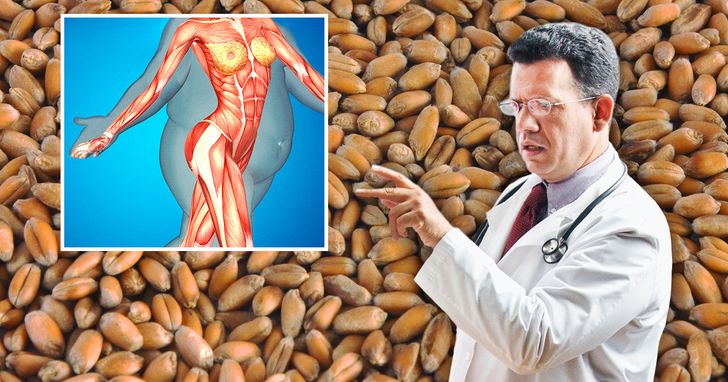
Dietary fiber is crucial for gut motility, cholesterol management, and satiety. Yet the average adult consumes only 15 grams of fiber daily, half the recommended 25–30 grams5. Consequences of low fiber include:
- Constipation and bloating
- Elevated LDL (“bad”) cholesterol, raising heart disease risk
- Blood sugar volatility, increasing diabetes risk
Boost Your Intake:
Snack on high-fiber fruits such as raspberries, pears, and apples.
Incorporate fiber supplements like psyllium husk if needed.
Fill half your plate with vegetables, legumes, and whole grains.
Habit 6: Sedentary Lifestyle – The Consequences of Avoiding Exercise After 40

Physical activity is non‑negotiable for maintaining muscle mass, bone density, and metabolic health. Unfortunately, many over‑40s slip into a sedentary routine, which leads to:
- Loss of lean muscle mass, dropping metabolism by ~5% per decade
- Increased body fat, especially visceral fat around organs
- Higher risk of osteoporosis, joint stiffness, and back pain
Exercise Essentials for 40+ Adults:
- Strength training twice weekly to preserve muscle and boost resting metabolic rate.
- Cardio sessions (brisk walking, cycling) 150 minutes per week for heart health.
- Flexibility and balance work (yoga, Pilates) to reduce injury risk.
Pro Tip: Start with short 10‑minute workouts and gradually increase duration. Use beginner-friendly apps or local weight loss programs tailored for midlife.
Taking Charge: Small Changes, Big Impact
Adopting healthier habits after 40 doesn’t require an overhaul overnight. Start by:
- Meal prepping to curb dining-out temptations
- Tracking daily water intake with a smart bottle or app
- Moderating wine with alcohol-free days
- Replacing processed snacks with whole-food alternatives
- Ensuring 25–30 grams of fiber daily through diet or supplements
- Scheduling short, consistent workouts into your week
By addressing these six damaging habits—restaurant overindulgence, dehydration, excessive wine, misleading “healthy” snacks, fiber deficiency, and inactivity—you’ll not only improve your current well‑being but also lay a strong foundation for healthy aging.
